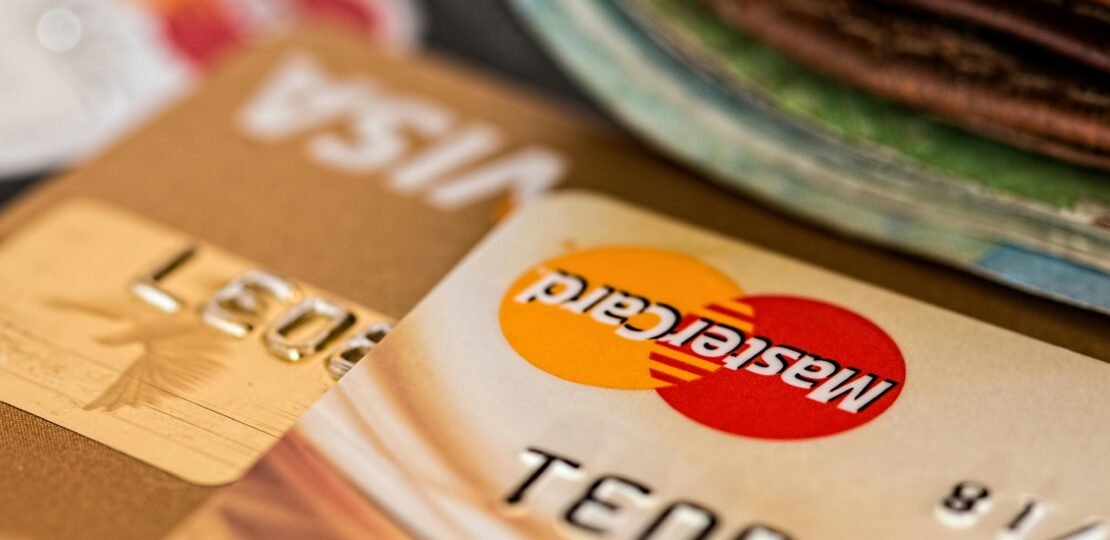India’s Bold Move: Challenging Visa and Mastercard with Homegrown Payment Networks
While global regulators are scrutinizing Visa and Mastercard over high merchant fees, India is blazing its own trail by developing competitive payment networks that are gradually overshadowing these international giants. At the heart of this strategy is India’s Unified Payments Interface (UPI), a robust system that’s revolutionized transactions across the nation. This nine-year-old innovation now handles over 13 billion real-time transactions monthly, accounting for an impressive 71% of all transactions in the world’s most populous country.
UPI enables direct bank account connections for both consumers and merchants through QR codes and mobile phones, effectively bypassing conventional card networks. As a result, UPI now represents 36% of consumer spending in India, a significant leap from its negligible impact just five years ago, according to Bernstein’s analysis.
RuPay: India’s Answer to Credit Card Dominance
Building on the success of UPI, India is reshaping its credit card landscape with RuPay, a homegrown card network. RuPay holds a pivotal advantage: it’s the only system permitted to process credit card transactions via UPI, a privilege granted in 2022 that’s proving transformative. In the first seven months of fiscal year 2025, RuPay processed an astounding 638 billion rupees ($7.43 billion) in UPI credit card transactions—nearly double from the previous fiscal year. These transactions now make up 28% of all credit card volume in India, up from just 10% last year.
Incentives and Strategies Driving RuPay’s Rise
Indian authorities are strategically promoting RuPay credit cards’ adoption—a move initially met with resistance from banks concerned about losing interconnect charges. The approach involves careful fee adjustments: merchant fees are only applied to transactions above 2,000 rupees ($23.3), appealing particularly to small businesses historically reluctant to accept credit cards due to high fees. Currently, the average UPI credit transaction is below 1,000 rupees.
Additionally, India’s central bank has mandated that consumers be allowed to choose their card network when acquiring or renewing credit cards, effectively banning exclusive agreements with global networks. In August, the National Payments Corporation of India instructed banks to ensure RuPay cardholders enjoyed rewards comparable to other networks.
“Assuming UPI linkage remains exclusive for RuPay cards, RuPay is likely to emerge as the dominant network for credit cards,” stated a Bernstein report led by Pranav Gundlapalle. It further noted that “once QR code-based payments become dominant for credit-based payments too, bank credit accounts could be directly linked to the UPI network bypassing the cards.”
{Bernstein Report}
The Global Implications of India’s Payment Revolution
This strategic shift is yielding results: RuPay accounted for half of all new credit cards issued in India as of June 2024, according to parliamentary disclosures. As digital payments become increasingly strategic assets globally, India’s approach offers a compelling blueprint for other countries aiming to diminish their reliance on Western payment systems.



